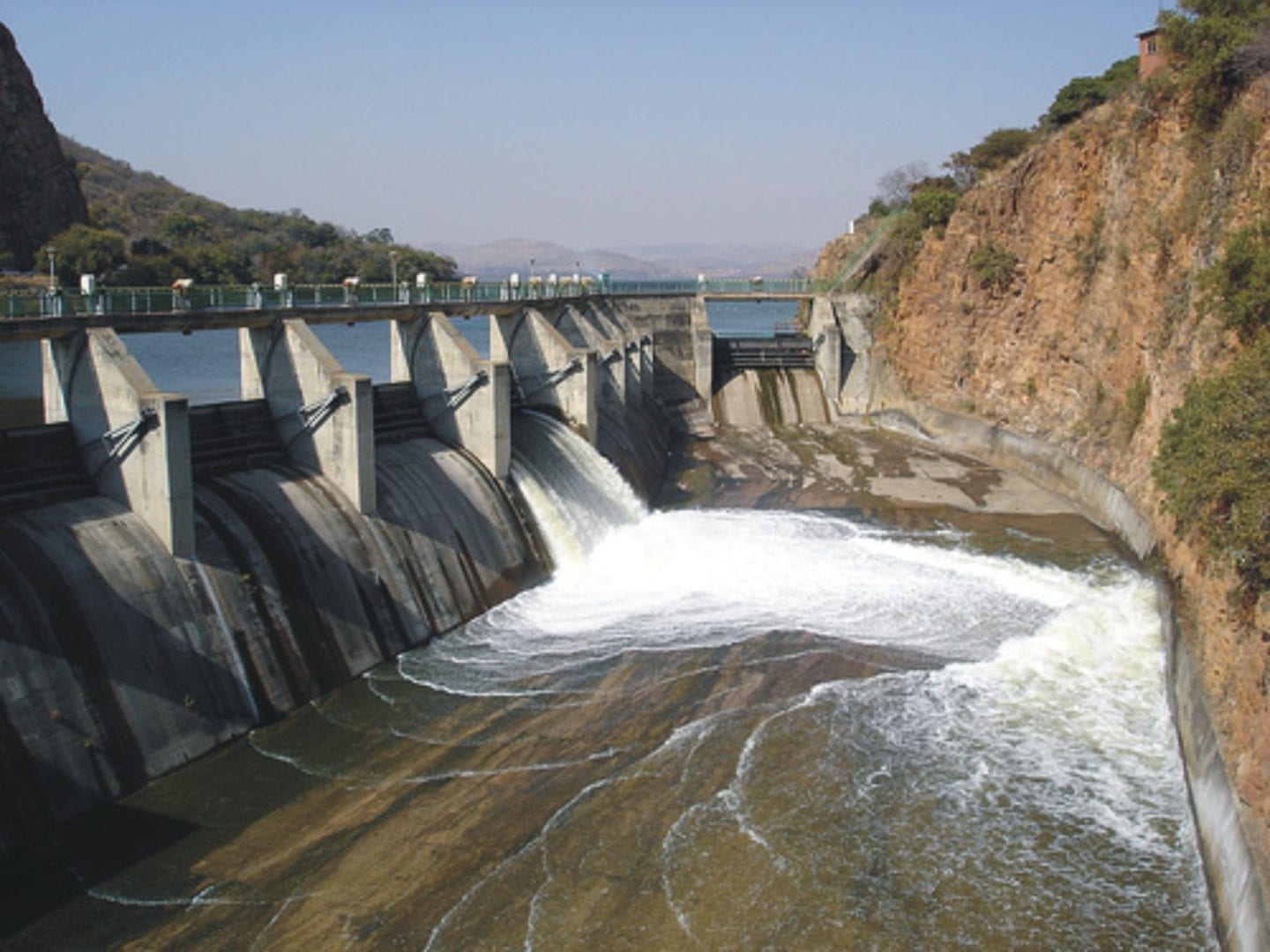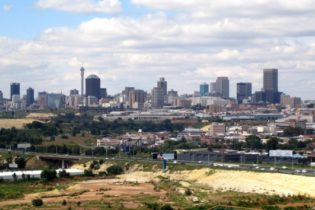 A three phase plan has been implemented by Johannesburg Water, an entity of the City of Johannesburg, to assist with the clean-up of the Hartbeespoort Dam after its water was contaminated by a sewage leak.
A three phase plan has been implemented by Johannesburg Water, an entity of the City of Johannesburg, to assist with the clean-up of the Hartbeespoort Dam after its water was contaminated by a sewage leak.
Three phase action plan
She said a three phase plan was being carried out to remedy the situation. The first phase included the removal of all unwanted obstacles from the line with hydro jetting machines. “The second phase is to use a bucket machine to remove the remaining obstacles further,” she said. Chuene added that while this process had already begun, progress was slow due to the “high flows in the line”. “The third phase is to install a plate to block the flow in the line which will ensure easy access for the bucket machine to remove the last portion of the sand and rags,” she said. The installation of the plate has been scheduled for completion by the end of this week.“It is anticipated the entire process of cleaning the line and limiting the spills will be completed by the middle of November 2016,” she added. “There will however be improvement as more obstacles are removed from the line.”
The NDPW said in a statement that it was “especially concerned” as the dam was under the custodianship of the department. Citizens living on the borders of the Hartbeespoort Dam have remained concerned about the potential health risks presented by the sewage leak, as this has not been the first one. The Hartbeespoort Dam, more fondly referred to as “Harties” by those who like to frequent the area for weekend getaways, remains one of the country’s most important water sources. In order to have safe levels of drinking water, the water has to undergo a rigorous purification process. Reports have indicated that in a few years’ time, the dam will reach high levels of pollution if there is no urgent intervention to alleviate current pollution levels. In the meantime, Johannesburg Water said it was desilting an emergency retention dam which will provide more capacity to store excess sewage in “peak demand times”. It added that the company “recently completed the refurbishment of the electro-mechanical equipment at the head of works which will improve operations and limit frequent break downs, and in turn, the frequency of spills at the works.”





